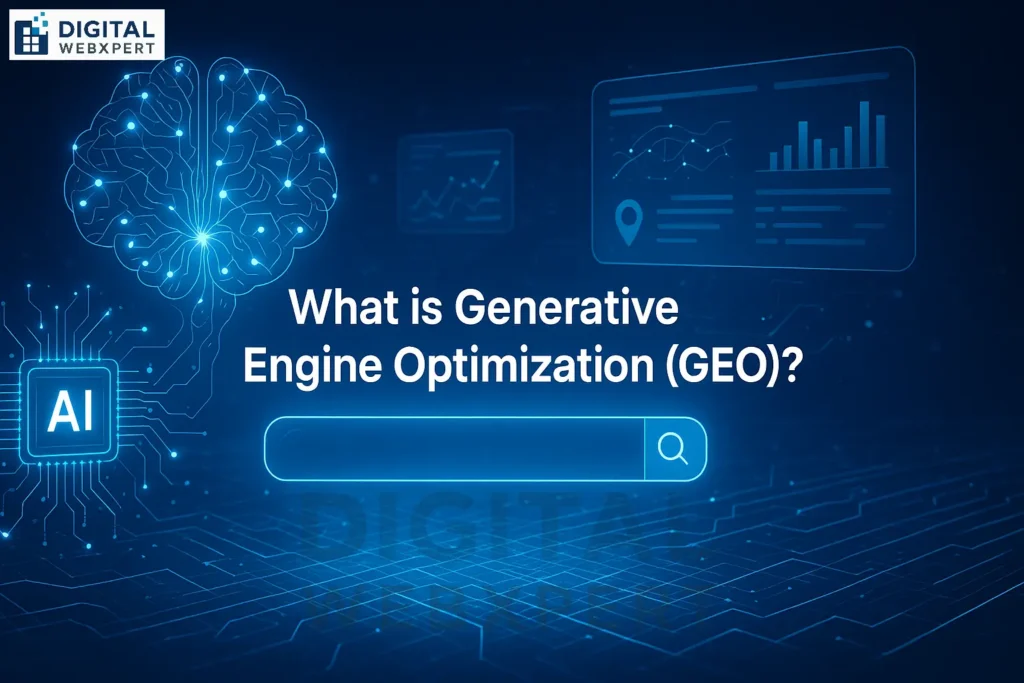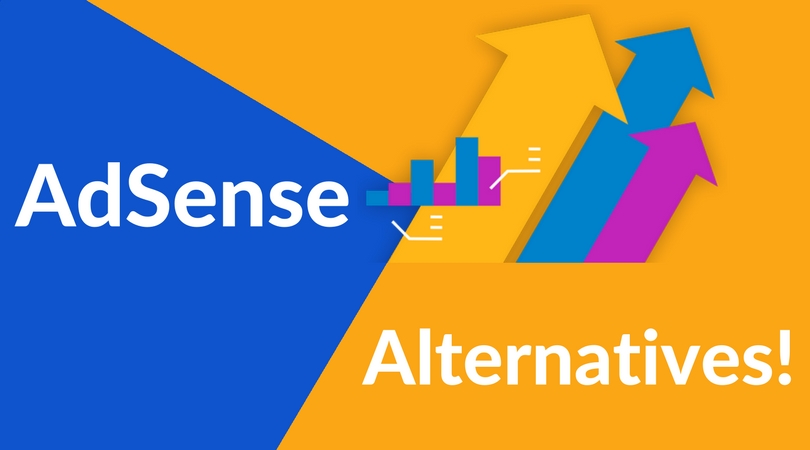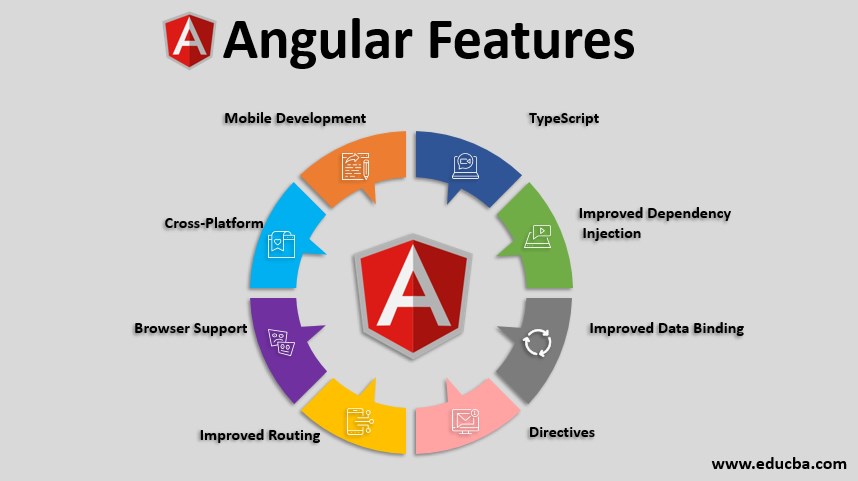Introduction
The future of search is changing rapidly. Traditional SEO, which once focused on keywords and backlinks, is evolving into something far more sophisticated. In 2025, Generative Engine Optimization (GEO) has emerged as a new frontier. GEO is the process of optimizing your content so that AI-powered search engines like Google SGE, ChatGPT Search, Perplexity, and others site your brand directly in their answers. For businesses, startups, freelancers, and nonprofits, mastering GEO means staying visible when potential customers turn to AI for solutions.
In this guide, we’ll break down what Generative Engine Optimization (GEO) is, why it matters, and the top GEO strategies you can implement today to future-proof your digital presence.
What is Generative Engine Optimization (GEO)?
Generative Engine Optimization (GEO) is the practice of tailoring your website and content for AI-driven search engines that use large language models (LLMs) to generate answers instead of just listing links. Unlike traditional SEO, which fights for positions on search engine results pages (SERPs), GEO ensures your brand is referenced, cited, or featured inside AI-generated responses.
Simply put: SEO makes you visible in Google’s blue links; GEO makes you visible inside AI’s answers.
Why GEO Matters in 2025
The rise of AI search engines means users are no longer browsing through dozens of results—they’re getting one AI-generated answer. If your business isn’t included in that answer, you risk becoming invisible.
Some key reasons GEO matters:
- AI-first user behavior: People now trust AI to summarize and recommend.
- Brand visibility: Being cited in AI answers increases trust and authority.
- Higher conversions: AI-driven recommendations often push high-intent users to act quickly.
- Competitive advantage: Few businesses are optimizing for GEO yet, so early adopters will dominate.
How Generative AI Search Works
To optimize for GEO, you first need to understand how AI engines crawl, interpret, and present information:
- Crawling: AI engines analyze your site content, just like traditional bots.
- Contextual indexing: They don’t just index keywords—they interpret meaning, authority, and context.
- Answer generation: AI blends your content with other sources to generate a conversational response.
- Citation & referencing: Only high-authority, well-structured content gets cited in answers.
GEO vs SEO: Key Differences
While GEO builds on SEO, there are important differences:
| Aspect | Traditional SEO | Generative Engine Optimization (GEO) |
|---|---|---|
| Focus | Keywords & backlinks | Authority, structured context, AI readability |
| Ranking | Top of SERPs | Inside AI-generated answers |
| Format | Blog posts, landing pages | Conversational, answer-friendly content |
| Goal | Click-through traffic | Brand citation & visibility in AI responses |
7 Proven GEO Strategies for 2025
1. Optimize for Natural Language Queries
AI-powered search engines prioritize conversational questions. Structure content in Q&A format to increase chances of being cited.
Example: Instead of “SEO vs GEO,” use “What is the difference between SEO and GEO?”
2. Use Structured Data and Schema Markup
AI search engines thrive on structured data. Implement schema markup for products, services, FAQs, and reviews to make your content machine-readable.
3. Build Topical Authority with GEO Content Hubs
Create comprehensive content hubs around key topics. AI prefers to cite websites that demonstrate expertise, authority, and trustworthiness (E-A-T).
4. Focus on Brand Mentions and Citations
AI doesn’t just look at backlinks—it values brand mentions across the web. PR campaigns, guest posts, and partnerships can all improve GEO visibility.
5. Optimize Technical SEO for GEO
Site speed, mobile optimization, clean sitemaps, and crawlable architecture remain critical. AI engines need fast, accessible data.
6. Publish Data-Backed Content
AI loves statistics, reports, and original data it can cite. If your business publishes unique research, it has a higher chance of being referenced.
7. Leverage AI-Friendly Content Formats
Content like FAQs, comparison tables, how-to guides, and case studies are highly favored by generative engines.
GEO for eCommerce Optimization
For eCommerce businesses, GEO can transform your product visibility:
- Product pages: Use structured data for pricing, availability, and reviews.
- Checkout optimization: Ensure a frictionless, mobile-first experience (AI often recommends brands with high usability).
- Upsells & cross-sells: Build FAQ-driven content around product comparisons.
- User-generated content: AI engines trust real reviews and customer stories.
The Future of GEO: Predictions for 2025 and Beyond
- Integration with voice search – AI assistants will rely on GEO-optimized answers.
- More citations than clicks – Brands will measure visibility inside AI responses, not just website traffic.
- Rise of GEO tools – Just as SEO tools like SEMrush and Ahrefs emerged, expect GEO-specific platforms soon.
Conclusion
Generative Engine Optimization (GEO) is not just a trend—it’s the future of search visibility. Businesses that adapt today will dominate AI-driven search tomorrow. By focusing on structured data, brand authority, and AI-friendly content formats, you can secure your place in the next generation of digital marketing.
If you want to future-proof your business, start implementing GEO strategies now.
👉 Ready to optimize your brand for the age of AI search? Visit Digital WebXpert to get started with advanced Generative Engine Optimization (GEO) strategies today!



